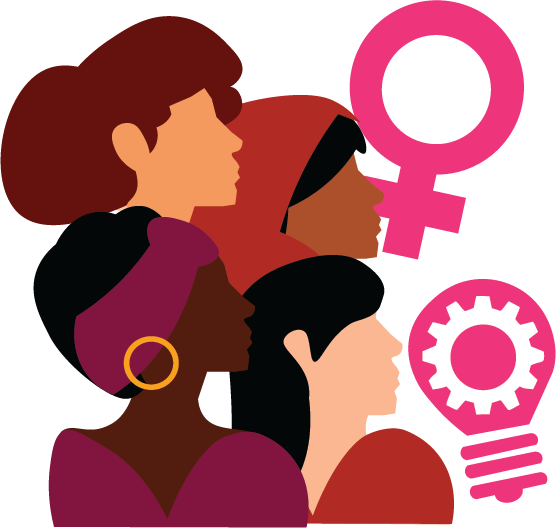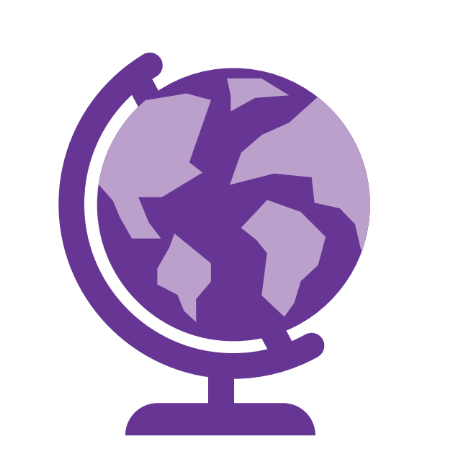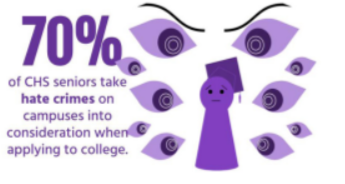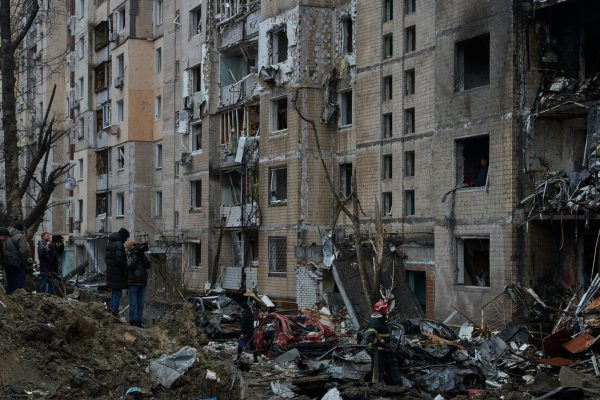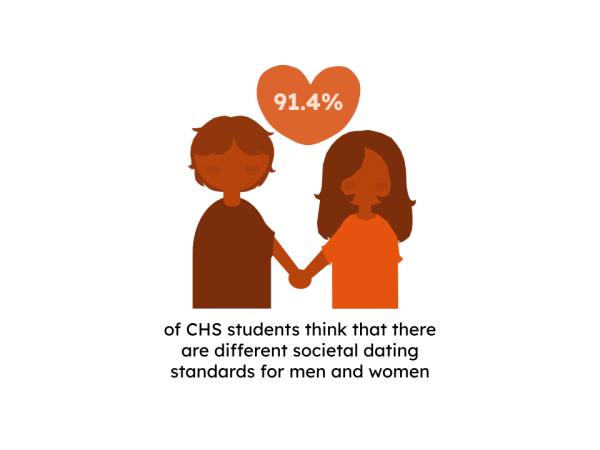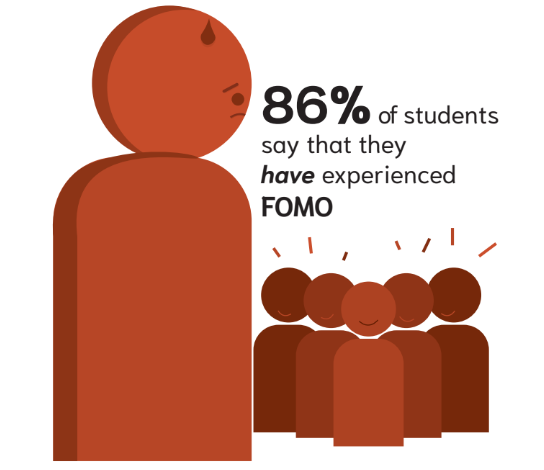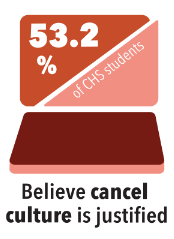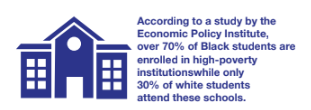Quality of life decreases for the lower class; the U.S. ranks second-tier nation

BLOT GRAPHICS BY Z. SABRINA LIDING, CINDY LIN and TIMOTHY WILBURN
The U.S is ranked No.4 in medical technology and No.97 in access to quality healthcare.
September 15, 2022
The term “First World” refers to a highly-developed industrialized nation according to Miriam Webster. First-world countries are determined by factors such as life expectancy, gross national income and quality of life. While the expression was thought of with America in mind, the steadily decreasing quality of life for the majority of the U.S. population shows a very different reality: the United States is not a first-world country at all.
According to the 2020 Social Progress Index, which is the extensive measure of a country’s environmental and social progress, the United States, Hungary and Brazil were the only countries out of 163 reviewed to have gone backwards in the past decade. Ranking at only 28th for social progress, the United States has dropped 12 spots since its 16th place in the Social Progress Index of 2014. This puts America behind significantly poorer countries, such as Estonia, Cyprus and Greece. In accordance with the standards of the Social Progress Index, the United States is considered a second-tier nation.
Despite ranking first in quality of universities, the United States ranks No. 91 in access to basic quality education. While ranking No.4 in medical technology, it is No. 97 in access to quality healthcare. These statistics clearly show that despite the advancements that America has to offer, only a select few are actually on the receiving end of these benefits.
“The data paints an alarming picture of the state of our nation, and we hope it will be a call to action,” said Michael Porter, a Harvard Business School professor and the chair of the advisory panel for the Social Progress Index. “It’s like we’re a developing country.”
Research has shown that the U.S. middle class has been shrinking since the 1970s. According to the Pew Research Center, the amount of adults living in middle-class households has gone from 61% in 1971 to 50% in 2021, while the low-income tier has increased from 25% to 29% of the population. The widening of the income gap has led to a steady decrease in U.S. aggregate income in middle class households, falling 20% since the 1970s. In comparison, the share of aggregate income for upper-income households has increased from 29% in 1970 to 50% in 2020.
The Pew Research Center found through a 2019 national survey that poor economic conditions are affecting lower-income Americans. 65% of lower-income adults worry about paying bills on a day to day basis, and 55% of low-income adults frequently worry about paying healthcare for themselves and their families.
“The fact that the U.S. is in the second tier is not the product of one or two administrations, but decades of underinvestment and failure to address the problems people face,” said Michael Green, CEO of the Social Progress Imperative. “There seems to be a real disconnect between what people expect the quality of life to be in the U.S. and their real, lived experience.”




